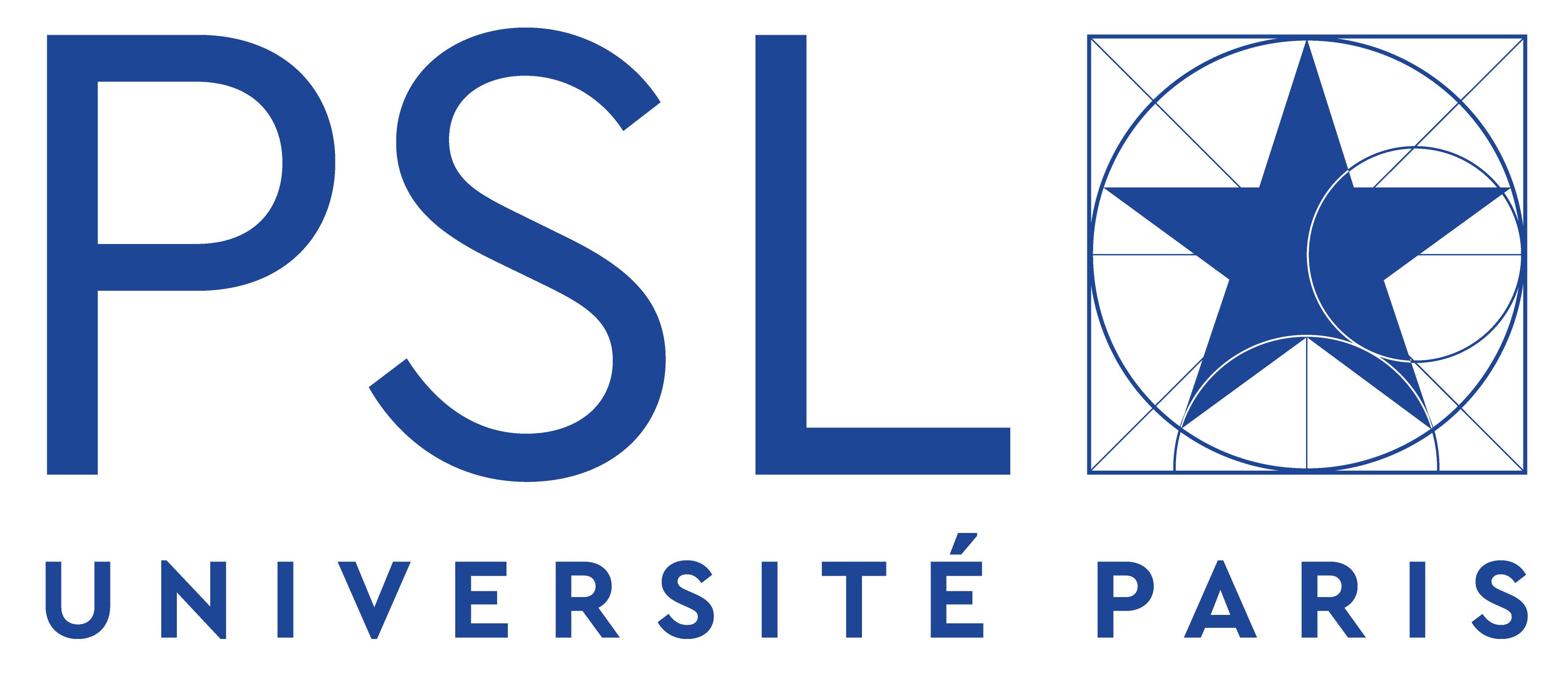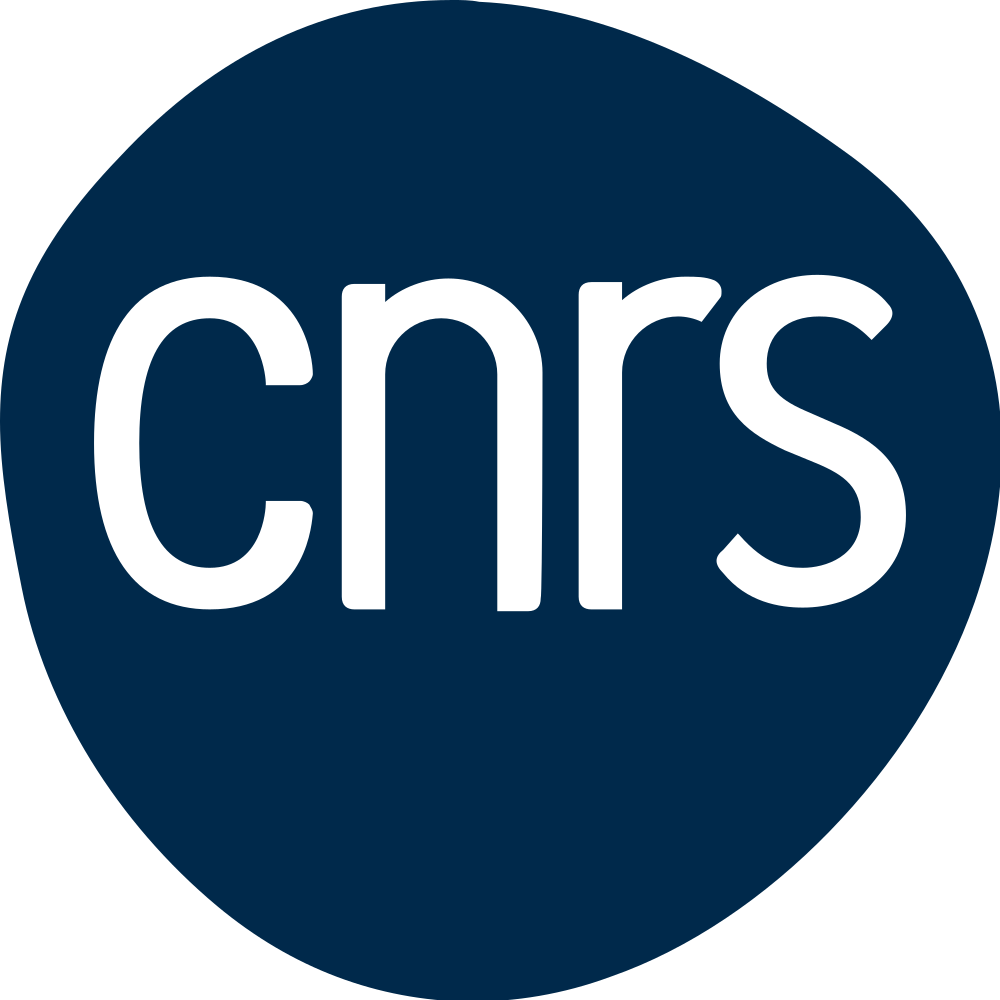Imagerie quantitative des milieux complexes
Résumé
En imagerie, on cherche à caractériser un milieu inconnu en le sondant avec une onde puis en analysant les échos réfléchis par le milieu. C’est, par exemple, le principe de l’échographie ultrasonore, de la tomographie par cohérence optique ou de la sismologie par réflexion. Cependant, la propagation des ondes entre les capteurs et le plan focal est souvent dégradée par les hétérogénéités du milieu lui-même. Elles peuvent induire des distorsions des fronts d’onde [1] et des événements de diffusion multiple [2] qui dégradent fortement la résolution et le contraste de l’image. Ces phénomènes constituent donc les limites les plus fondamentales de l’imagerie dans tous les domaines de la physique des ondes.

Figure 1 : Approche matricielle de l’imagerie des milieux complexes. (a) Alors qu’en imagerie conventionnelle, la focalisation des ondes est dégradée en profondeur par les aberrations et la diffusion multiple, l’imagerie matricielle permet de compenser ces phénomènes et d’imager en profondeur les milieux diffusants. Cette approche a été appliquée à (b) l’imagerie optique d’une cornée particulièrement opaque, (c) à la détection de micro-calcifications en échographie, (c) à l’imagerie en profondeur des volcans.
Cependant, l’émergence des réseaux multi-éléments et les progrès récents en science des données ouvrent la voie à une nouvelle révolution en imagerie. Dans ce contexte, nous avons développé une approche matricielle de l’imagerie dans les milieux hétérogènes (Fig. 1). Le formalisme matriciel est en effet un outil idoine pour compenser localement les aberrations sur de grands champs de vision, brisant ainsi les limites actuelles des méthodes de focalisation adaptative [3-5]. Il conduit également au changement de paradigme suivant en imagerie : Alors que la diffusion multiple est généralement considérée comme un cauchemar, l’approche matricielle peut en tirer profit pour une imagerie hautement résolue et ultra-profonde des milieux diffusants [6]. L’imagerie matricielle est également un outil de caractérisation prometteur puisqu’elle peut fournir une tomographie à haute résolution de la vitesse des ondes [7] et des paramètres de diffusion [8,9] ainsi que des paramètres élastiques [10]. Tous ces concepts sont appliqués à la fois à l’optique pour l’imagerie des tissus biologiques [11,12], à l’échographie pour le diagnostic médical [13], au contrôle non destructif pour l’inspection d’aciers polycristallins [14] et à la sismologie pour la surveillance des volcans [15,16] et des failles sismiques [17,18].
D’un point de vue plus fondamental, un formalisme matriciel est particulièrement adéquat pour sonder le transport des ondes dans les milieux fortement diffusants. L’interférence constructive entre des chemins de diffusion réciproques peut ralentir, voire stopper le processus de diffusion [19]. L’approche matricielle constitue alors un outil unique pour mettre en évidence la présence de ces boucles de diffusion récurrente [20].
Membres Permanents
– Alexandre Aubry
– Claude Boccara
– Arnaud Derode
– Mathias Fink
– Pierre Millien
– Claire Prada
Financements
– ERC Consolidator grant - Alexandre Aubry (2019-2024) - REMINISCENCE
Références
[1] V. Barolle, J. Schoeller, P. Mecê, K. Groux, J.-M. Chassot, M. Fink, A. C. Boccara, and A. Aubry, Manifestation of aberrations in full-field optical coherence tomography, Opt. Express 29, 22044-22065, 2021
[2] A. Badon, A. C. Boccara, G. Lerosey, M. Fink, A. Aubry, Multiple scattering limit in optical microscopy, Opt. Express 25, 28914-28934, 2017.
[3] W. Lambert, L. A. Cobus, T. Frappart, M. Fink, A. Aubry, Distortion matrix approach for ultrasound imaging of random scattering media, Proc. Natl. Ac. Sci. U. S. A. 117, 14645-14656, 2020
[4] A. Badon, V. Barolle, K. Irsch, A. C. Boccara, M. Fink, A. Aubry, Distortion matrix concept for deep optical imaging in scattering media, Sci. Adv. 6, eaay7170, 2020
[5] F. Bureau, J. Robin, A. Le Ber, W. Lambert, M. Fink and A. Aubry, Three-Dimensional Ultrasound Matrix Imaging, Nat. Commun. 14, 6793, 2023
[6] R. Touma, T. Blondel, A. Derode, M. Campillo, and A. Aubry, A distortion matrix framework for high-resolution passive seismic 3D imaging : Application to the San Jacinto fault zone, California, Geophys. J. Int. 226, 780-794, 2021
[7] W. Lambert, L. A. Cobus, M. Couade, M. Fink, A. Aubry, Reflection matrix approach for quantitative imaging of scattering media, Phys. Rev. X 10, 021048, 2020
[8] A. Baelde, J. Laurent, P. Millien, R. Coulette, W. Ben Khalifa, F. Jenson, F. Sun, M. Fink, C. Prada, Effect of microstructural elongation on backscattered field : Intensity measurement and multiple scattering estimation with a linear transducer array, Ultrasonics 82, 379-389, 2018
[9] A. Goïcoechea, C. Brütt, A. Le Ber, F. Bureau, W. Lambert, C. Prada, A. Derode, A. Aubry,
Reflection Measurement of the Scattering Mean Free Path at the Onset of Multiple Scattering, hal-04372441, 2024
[10] H. Ammari, E. Bretin, P. Millien, L. Seppecher, A direct linear inversion for discontinuous elastic parameters recovery from internal displacement information only, Numerische Mathematik 147, 189-226, 2021
[11] U. Najar, V. Barolle, P. Balondrade, M. Fink, A. C. Boccara and A. Aubry, Harnessing Forward Multiple Scattering for Optical Imaging Deep Inside an Opaque Medium, Nat. Commun., 2024
[12] P. Balondrade, V. Barolle, N. Guigui, E. Auriant, N. Rougier, A. C. Boccara, M. Fink and A. Aubry, Multi-Spectral Reflection Matrix for Ultra-Fast 3D Label-Free Microscopy, Nat. Photon., 2024
[13] W. Lambert, L. A. Cobus, J. Robin, M. Fink, and A. Aubry, Ultrasound matrix imaging—Part II. The distortion matrix for aberration correction over multiple isoplanatic patches, IEEE Trans. Med. Imag. 41, pp.3921-3938, 2022
[14] S Shahjahan, F Rupin, A Aubry, A Derode, Evaluation of a multiple scattering filter to enhance defect detection in heterogeneous media, J. Acoust. Soc. Am. 141, 624-640, 2017
[15] T. Blondel, J. Chaput, A. Derode, M. Campillo, A. Aubry, Matrix Approach of Seismic Imaging : Application to the Erebus Volcano, Antarctica, J. Geophys. Res : Solid Earth 123, 10936-10950, 2018
[16] E. Giraudat, A. Burtin, A. Le Ber, M. Fink, J.-C. Komorowski and A. Aubry,
Matrix imaging as a tool for high-resolution monitoring of deep volcanic plumbing systems with seismic noise, Comm. Earth Environ., 2024
[17] R. Touma, A. Aubry, Y. Ben-Zion, and M. Campillo, Distribution of seismic scatterers in the San Jacinto Fault Zone, southeast of Anza, California, based on passive matrix imaging, Earth Planet. Sci. Lett. 578, 117304, 2022
[18] R. Touma, A. Le Ber, M. Campillo and A. Aubry, Imaging the crustal and upper mantle structure of the North Anatolian Fault : A Transmission Matrix Framework for Local Adaptive Focusing, J. Geophys. Res. : Solid Earth 128, e2023JB026704, 2023
[19] L. A. Cobus, G. Maret, A. Aubry, Crossover from renormalized to conventional diffusion near the 3D Anderson localization transition for light, Phys. Rev. B 106, 014208, 2022
[20] C. Brütt, A. Aubry, B. Gérardin, A. Derode, and C. Prada, Weight of single and recurrent scattering in the reflection matrix of complex media, Phys. Rev. E 106, 025001, 2022









